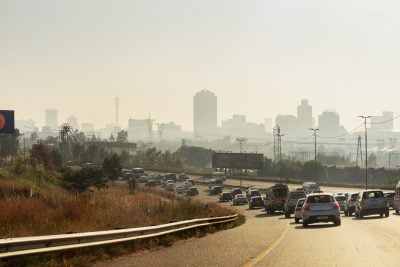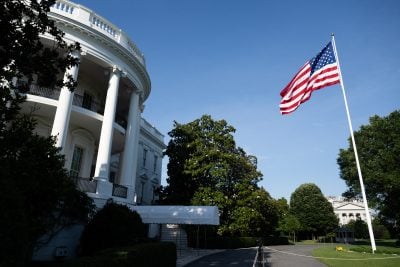The countries most affected by disasters are those that have contributed the least to the problem. Africa contributes to 3% of global CO2 emissions and yet Africa suffers from extreme heat, floods, cyclones, tsunamis, etc.
Africa faces a difficult but not impossible equation to solve: it must encourage growth without fueling CO2 emissions.
The Anthropocene, the moment when humans began to impact geology and ecosystems, began in the 18th century for rich countries. The Anthropocene of Africa has not begun. This situation has lead Akinwumi Adesina, President of the African Development Bank (AfDB), to say “Africa is not at net zero, Africa is at ground zero”.
These violent changes are impacting the growth trajectory of the African continent. A drop in agricultural productivity of 30% appears to be a real threat. Each disaster in Africa leads to a 20% increase in food insecurity. In short, if we do nothing, we can expect a 30% drop in GDP by 2050.
Billions of dollars of investment are needed to fight climate change in Africa. Some $1-1.3 trillion needed annually to ensure the energy transition and the development of environmentally friendly neo-agriculture and neo-industry.
A solution but not a panacea: green bonds
A solution to the crisis comes in the form of green bonds. This wholesale finance is based on fundraising for environmentally friendly projects, such as renewable energies or clean transport.
Most of Africa’s green bonds have been issued by the AfDB, which has raised more than $1.5bn since 2013. Nigeria issued a $29.7m bond to finance energy projects solar and forestry in 2017. Morocco, Egypt, Kenya, Nigeria, and South Africa are among the most dynamic. Nigeria’s Access Bank recently issued a $41m green bond to protect against rising sea levels and support a solar energy project.
This green bond approach could be a “two birds with one stone” strategy. Indeed, green bonds and other green financial assets, while ensuring climate financing, can represent an opportunity for African capital markets which are progressing but probably not at the desired pace.
Now, green bonds represent only a small part of the global bond market, but they show real potential to help developing countries evolve towards greener and more equal economies.
Other financial solutions may come via pension funds. For example, Kenya’s pensions sector has some depth since it is estimated at around $12bn. Funds from the diaspora and the middle class also represent significant leverage.
The solution for Africa is not just financial
In the medium and long term, an entire ecosystem needs to be put in place in Africa. It will depend on three key elements.
- Education and certification in sustainable economics and finance. This consists of training real specialists in climate risks and ecological and digital transition in specialised Masters courses within universities.
- The involvement of civil society, NGOs and think-tanks. An African Sustainable Finance Observatory would be extremely useful for unifying and adapting current international regulations. In the same way, a National Corporate Social Responsibility Council bringing together all the stakeholders in different African countries would be extremely useful to support and design a coherent national strategy in the face of European requirements.
- The search for impact measurement instruments for companies, banks, and organisations to measure progress in sustainable development. These instruments deserve to be adapted to African companies so that the E-S-G (Environment – Social – Governance) transition considers S and G in an Africa, which suffers impacts on E without being responsible for it.
Want to continue reading? Subscribe today.
You've read all your free articles for this month! Subscribe now to enjoy full access to our content.
Digital Monthly
£8.00 / month
Receive full unlimited access to our articles, opinions, podcasts and more.
Digital Yearly
£70.00 / year
Our best value offer - save £26 and gain access to all of our digital content for an entire year!

 Sign in with Google
Sign in with Google 



